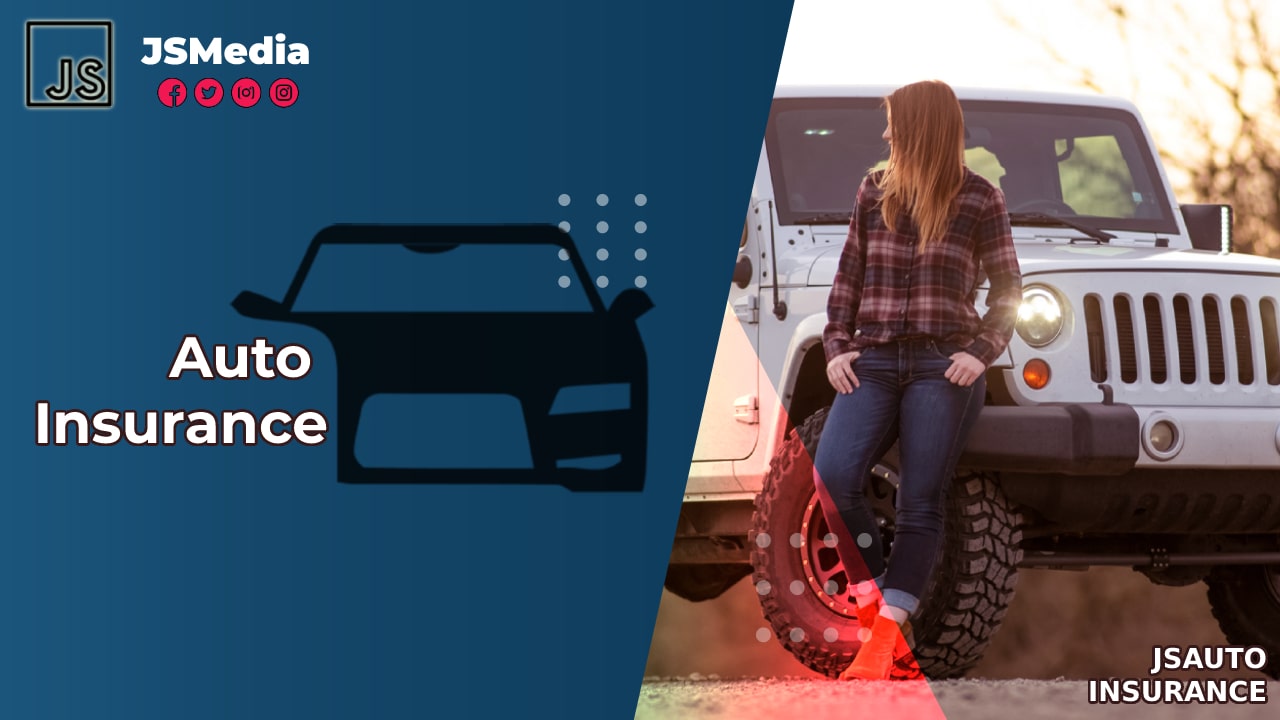JSMedia – There are a few different types of auto insurance policies. The minimum coverage will only cover third party liabilities, so it’s best to choose the one that meets your needs best. You can also opt for an all-inclusive policy that covers damages to your vehicle and the injuries of other drivers. Some policies include a renounce clause, which will require you to pay a higher premium if you are found guilty of driving under the influence.
These insurance examples cover all kinds of non-moving body parts. They include glass and ornamentation, structural underbody framework, side and rear view mirrors, and more. Some coverages are mandatory, but are also marketed as “high-risk.” This is why some insurance companies offer lower rates for these kinds of coverage. Whether you want to protect your car or just reduce your premium, auto insurance examples are a great way to learn more about the types of coverage you’ll need.
In addition to your deductible, these policies will also cover your property damage, or at least your legal responsibility. The excesses you pay will be the same amount as the deductible. Most policies will allow you to reclaim your excess payment from the other driver’s insurance company if you’re found to be at fault in an accident. You can reclaim your excess payment from their insurance company by providing proof of a car accident.
Auto Insurance Examples: Learn How to Get the Best Rates Online
The auto insurance rates you’ll receive will vary depending on your driving history, your credit score, third-party reports, and your state. Some states may require that you purchase uninsured motorist protection. This is a relatively inexpensive coverage that can provide significant protection. Be sure to read the fine print on any policy before signing up. You can find auto insurance examples online and get the best deal in your state. For a Better Understanding of Auto Insurance Quotes
You can find many different auto insurance examples online. These policies will show you the coverage amounts you need and how much to pay for each. You can choose the coverage amounts that fit your budget. The terms of your policy will also vary. For example, you can choose to pay the full amount of damages or just a portion of them. This is referred to as the deductible. You can select the amount you want to pay for coverage in a certain year.
Another important part of car insurance is liability insurance. This is what protects the other party in an accident. In case of an accident, you’ll pay the other party’s expenses, if they were at fault. In addition to this, liability insurance may include medical payments or personal injury protection. In the event of an injury, liability insurance will protect you financially. The minimum coverage is $50,000. A comprehensive policy will protect you. The other party’s property is covered for any injuries.
Other types of auto insurance examples include uninsured and underinsured motorist coverage. Underinsured and uninsured motorist coverage is important to protect yourself if you’re ever involved in an accident. If you’re at fault, liability insurance will pay for your medical bills, if necessary. It does not cover your vehicle damages, but will cover the other driver’s costs. If you don’t own a car, you can still use someone else’s policy.
If the other driver has no insurance, you must have at least third-party liability coverage. This covers you in case the other driver causes an accident and you hit the other vehicle. This type of policy is the minimum required in most states. Comprehensive coverage is a special kind of liability insurance that pays for damages to your own car after an accident caused by another driver. A minimum amount of third-party liability coverage is also recommended. You should also make sure to have the appropriate liability insurance for the vehicle you own.
The most important part of auto insurance is deductibles. The higher the deductible, the lower the premium. A ten-percent deductible is the lowest amount you should pay. It is not mandatory to carry these limits, but they are generally recommended. The deductible is the amount you’ll pay out of your own pocket if you are at fault. Some people do not need full coverage, and they may choose liability only auto insurance instead.

